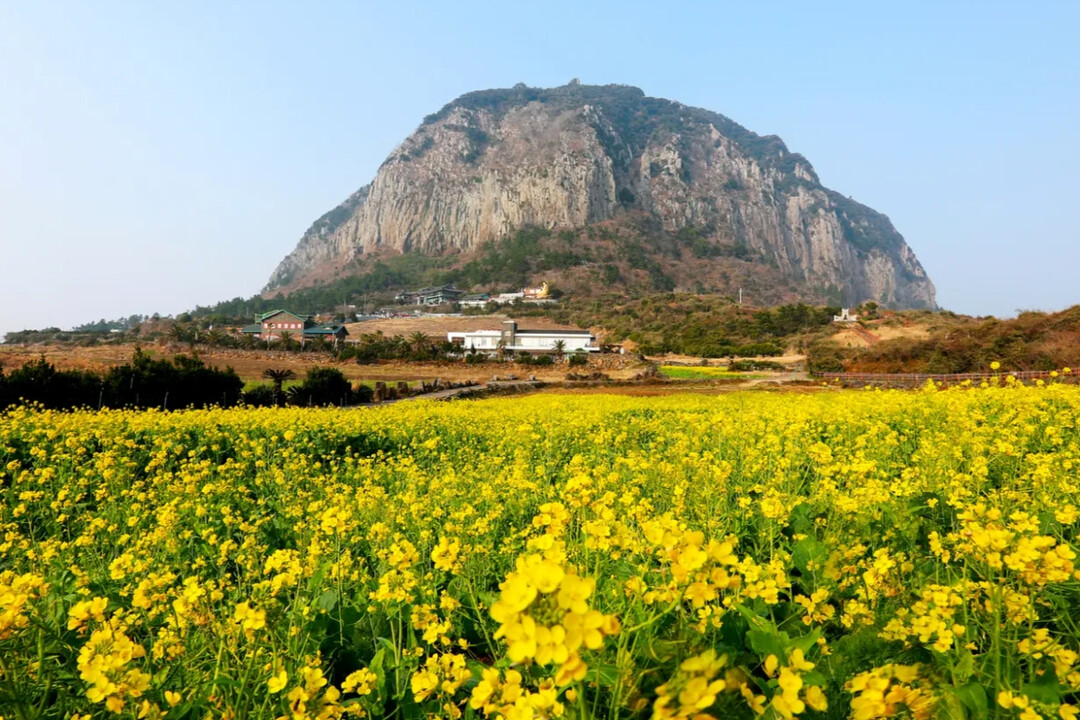
Despite the peak spring flower season, Jeju Island is experiencing a significant drop in tourist numbers, hitting a 5-year low. The decline is attributed to a combination of economic recession and rising prices, affecting both domestic and international travelers.
According to statistics from the Jeju Special Self-Governing Province Tourism Association, the total number of visitors to Jeju from March 1 to 18 this year was 490,204, a 14.7% decrease compared to the same period last year. Specifically, domestic tourists plummeted by 15.9% to 419,906, while international tourists also decreased by 6.6% to 70,298. This figure represents a staggering 24% decrease compared to 2019, before the COVID-19 pandemic, marking the lowest number in five years since 2020.
While March typically sees an influx of tourists enjoying the spring blossoms, the high cost of domestic travel is driving many to opt for short-haul international destinations like Japan, China, and Vietnam. Furthermore, recent events such as the coup d'état, the Jeju Air passenger plane crash at Muan Airport, and the Chinese economic slowdown are hindering efforts to attract international tourists.
Some analysts suggest that the continuous reduction in domestic flight routes to Jeju is exacerbating the tourist exodus. According to Korea Airports Corporation statistics, the number of domestic flights operating at Jeju International Airport has decreased annually from 171,754 in 2022 to 156,533 last year, with passenger numbers also dropping by 8.7% over the past two years.
In response, Korean Air plans to strengthen its Jeju routes by launching a new Jeju-Jinju route and expanding the Jeju-Yeosu route starting from the 30th. However, it is predicted that the decline in Jeju tourism will be difficult to reverse in the short term.
[Copyright (c) Global Economic Times. All Rights Reserved.]



























